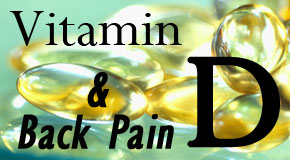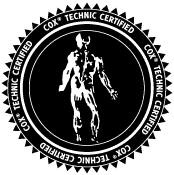Vitamin D has its receptors in everything!

To step back a bit to make this connection, Poulin Chiropractic of Herndon and Ashburn wants to point out that vitamin D receptors have been found in spinal nerve roots, the spinal cord, the dorsal root ganglia and glial cells. They’re everywhere in the spine! Researchers have even documented that vitamin D metabolites are in the nucleus pulposus and annulus fibrosus cells of the intervertebral disc. Vitamin D is a neurosteroid and influences immune and inflammatory processes like lumbar disc herniation. (1) Isn’t this exciting?!
Further, intervertebral disc degeneration is a common cause of lower back pain. In back pain for which there is no known cause, researchers do tests for factors like vitamin D, glucose, calcium, etc. In one study, the low back pain patients’ vitamin D levels were significantly lower. (2) Genetic and environmental factors influence it as well with environmental factors complicating already existing genetic factors. Vitamin D receptors are one of many genetic differences from person to person that play a role in disc degeneration. (3) But look at it this way, Poulin Chiropractic of Herndon and Ashburn can be a positive environmental factor in dealing with disc degeneration with our Ashburn and Herndon chiropractic care approach involving gentle spinal manipulation in the form of Cox Technic, gentle exercise, and nutrition including vitamin D.
So now how can vitamin D’s presence be optimized to relieve Ashburn and Herndon back pain in our patients? Up its presence! In a placebo comparison study, patients with musculoskeletal pain taking 4000 IU of vitamin D daily fare better. Their pain scores declined faster as did levels of inflammatory and pain-related cytokines (tumor necrosis factor alpha by 54.3% and prostaglandin E2 by 39.2%). (4) This approach seems pretty simple, doesn’t it?


